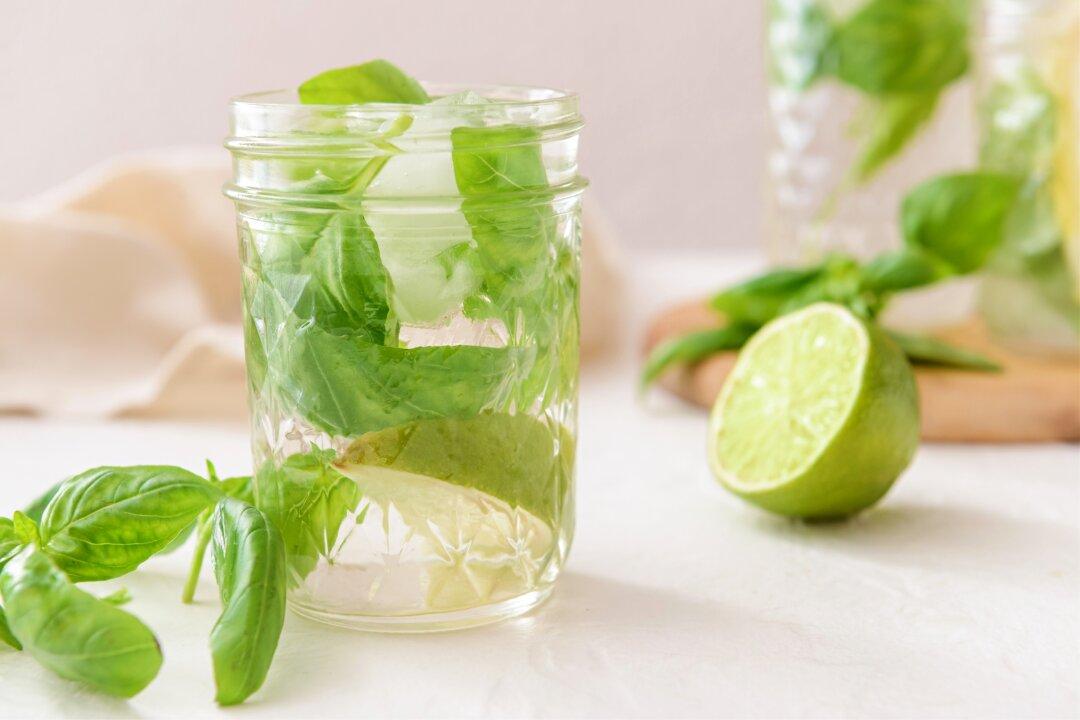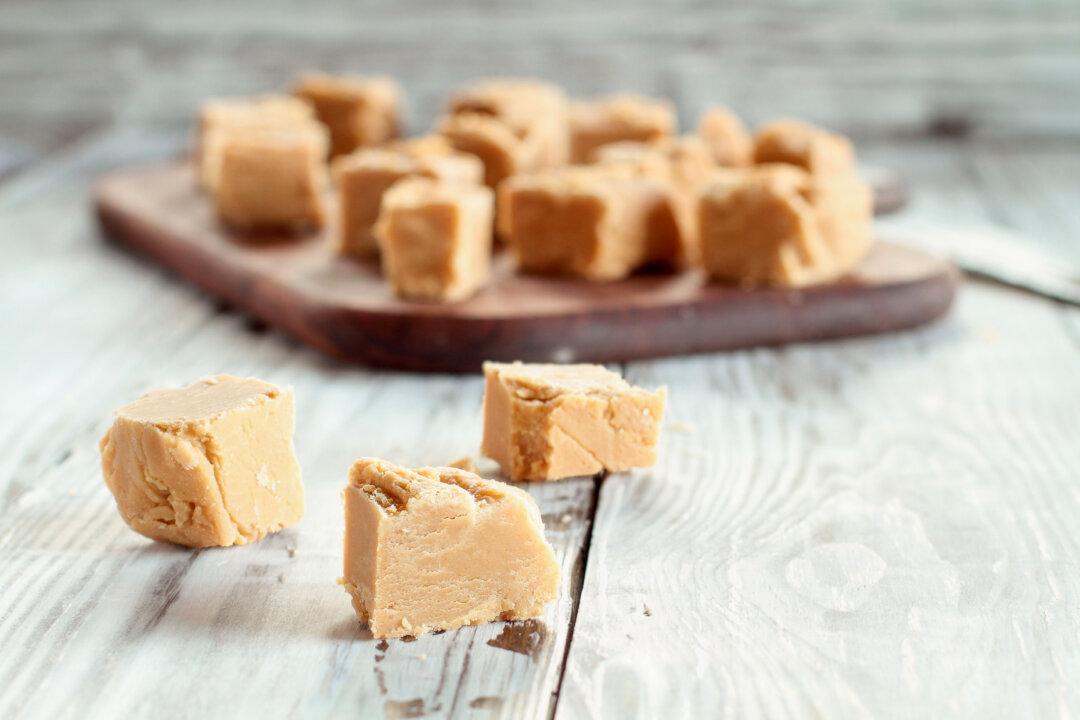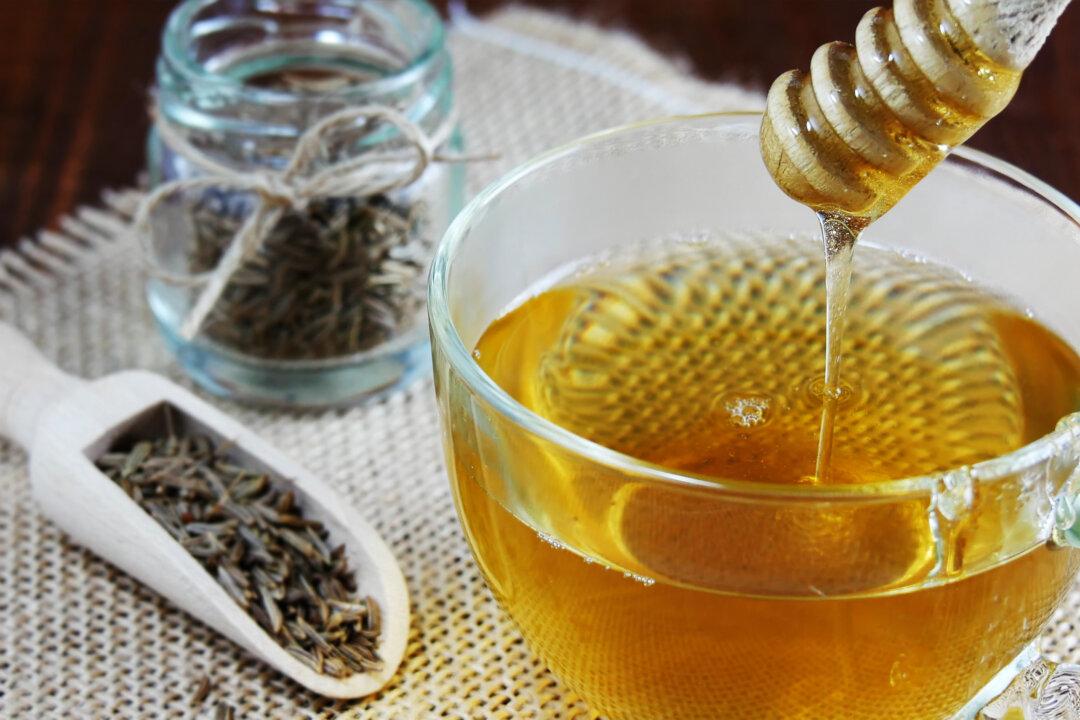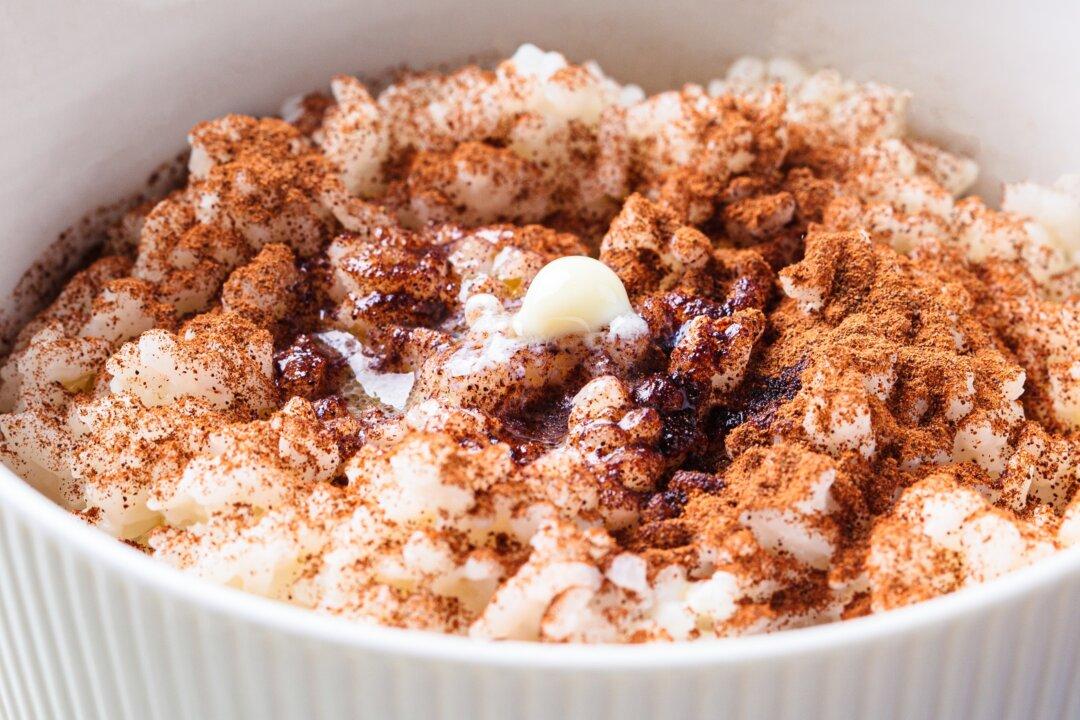In Ayurveda nourishing foods for autumn include root vegetables such as carrots and beets and hard “winter” squash like pumpkins and butternut squash as well as ghee and almonds.
A Season of Deficiency & Change
Autumn is a season of deficiency and change. When the temperature starts to drop, the body scrambles to protect itself from heat loss. Nourishing foods, especially soups, seem all the more enticing while offering the added benefits of refortifying deficient tissue and thickening the skin, thus insulating your body from the cold. In Ayurveda, nourishing foods are called ojas building foods. Ojas building, nourishing foods for autumn include root vegetables such as carrots and beets and hard “winter” squash like pumpkins and butternut squash as well as ghee and almonds.Restoring Vitality to the Skin
Have you ever noticed your skin loses much of its luster in the fall? The vitality of skin wanes as blood vessels constrict with colder temperatures (a process called vasoconstriction). Your pulse also rate drops with the temperature. Warm blood close to the surface of the skin radiates too much heat. When the outside temperature drops, your body protects itself from heat loss by reducing blood flow to your skin, arms and legs. Trees experience something similar: when the weather turns frigid they pull their sap into their core (the roots). Soon their leaves wither and fall. Reducing blood flow dries out your skin, leaving it dull and lusterless. Massaging your body with dosha specific oils is one of the best ways to combat dry skin in the fall.The Muscles & Colon
The opposite of spring fever, by late September reduced blood flow leaves your muscles feeling fatigued. As it begins to grow darker earlier, a comfortable evening curled up on the couch with a favorite movie seems all the more attractive. Smooth muscle tissue, including the tissue of your colon, become sluggish when the temperature and pulse rate drop. The colon, also sensitive to stress, carries the wear and tear of autumn.Indigestion & Electrolytes
A process called cold diuresis causes fluid loss in Autumn. Cold diuresis is a response to vasoconstriction. When blood vessels constrict, it increases blood pressure much as squeezing the air inside a balloon. The kidneys release the extra pressure by removing fluids from circulation and dumping them in the urine. A summer of hot sweating followed by cold diuresis may leave you dehydrated and electrolyte deficient. Sours encourage juiciness and salty taste encourages water retention for dry Vata. Vata types should avoid dry foods in the fall.Cold Feet & Warm Socks
Some people get cold feet even with two pairs of socks. These socks can’t coax blood out of hibernation once it moves to the core. The body may simply lack confidence or strength to maintain core temperature and warm the toes. A sweater to heat the core does a better job than an extra pair of socks to cure cold feet. Lifestyle changes, such as warm clothes and indoor heating, can convince the body it has heat to spare. Additionally, daily oil massage in the morning before bath coats the skin and prevents evaporation. As in a summer sweat, evaporation causes significant heat loss. Oil massage thus helps retain heat. Once pathological cold has penetrated our system, hot baths may be the only way to restore circulation. A pinch of turmeric keeps circulation strong. Sour lemons in morning tea convince sweat glands and stomach glands to stay juicy.Inspiration, Emotions & the Mind
The fall is a time for inspiration and new ideas. The movement of blood from the extremities back to the core increases blood flow to the mind. The opportunity to reflect on the last few months could stir up emotions as well. Wind, sudden temperature shifts, and the school season also provoke higher stress levels this time of year. According to Ayurveda, keeping the nervous system stable through fall is our number one tool for maintaining strong immunity and staying healthy. Ashwagandha is Ayurveda’s most important herb for Vata-type anxiety and Chywanprash helps build immunity.Routine & Resiliency
Wearing oneself ragged in October’s social calendar could result in compromised immunity for flu season come November. Alternatively, relaxation and downtime free up energy to help the body prepare for winter. Skipping meals, staying up late, and irregular mealtimes create stress and deficiency.Ingredients, Recipes & Herbs for the Fall
Less blood in the skin means better circulation in the core. The stomach gains access to more blood and clamors for food. We experience this as a craving for starchy and heavy foods like potatoes sometime mid August. Appetite and digestion improve just in time to thicken up and insulate the skin. Warm, oily, heavy foods build ojas and prepare the body’s reserves for winter.Foods to build resilience for the fall
- Lemons
- Miso
- Cooked Apples
- Ghee
- Butternut Squash
- Sweet Potato
- Beets
- Almonds






